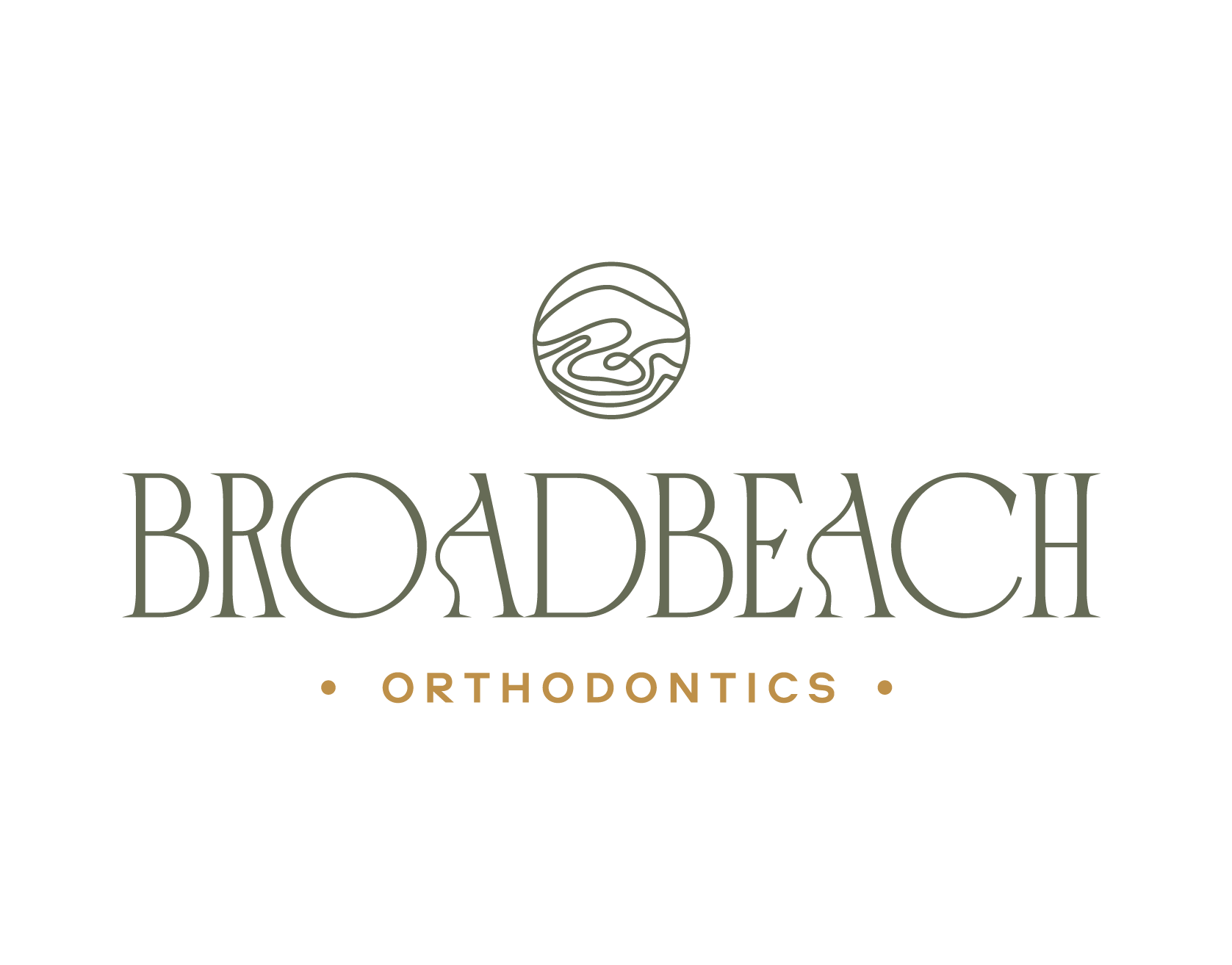Orthodontic issues in children can arise from various factors, influencing their dental development and alignment. Here are common reasons:
Genetics: Family history plays a significant role in determining dental structure and alignment. If parents had orthodontic problems, children are more likely to inherit them.
Early Habits: Thumb sucking, prolonged pacifier use, or tongue thrusting can affect jaw and tooth alignment if not corrected early.
Breathing Patterns: Mouth breathing due to allergies, enlarged tonsils, or nasal congestion can lead to changes in facial structure and alignment.
Tooth Loss: Premature loss of baby teeth or delayed eruption of permanent teeth can disrupt proper alignment.
Injuries: Trauma to the face or mouth during childhood can impact tooth position and jaw alignment.
Oral Habits: Persistent habits like tongue thrusting or thumb sucking beyond infancy can affect tooth positioning.
Developmental Factors: Issues with jaw development or alignment can be present from birth, impacting how teeth come in.
Diet and Nutrition: Poor nutrition or dietary habits can affect dental development and alignment.
Early Intervention: Regular dental visits can help identify potential issues early, allowing for timely intervention to prevent or correct orthodontic problems.
Understanding these factors can help you and your child’s orthodontist determine the best course of treatment to achieve optimal dental health and alignment. If you have concerns about your child’s orthodontic development, consult with Broadbeach Orthodontics for personalized guidance and care.





